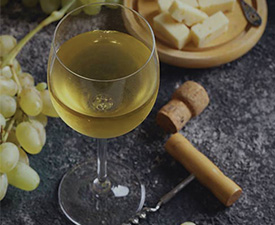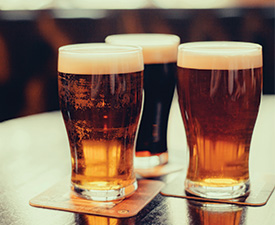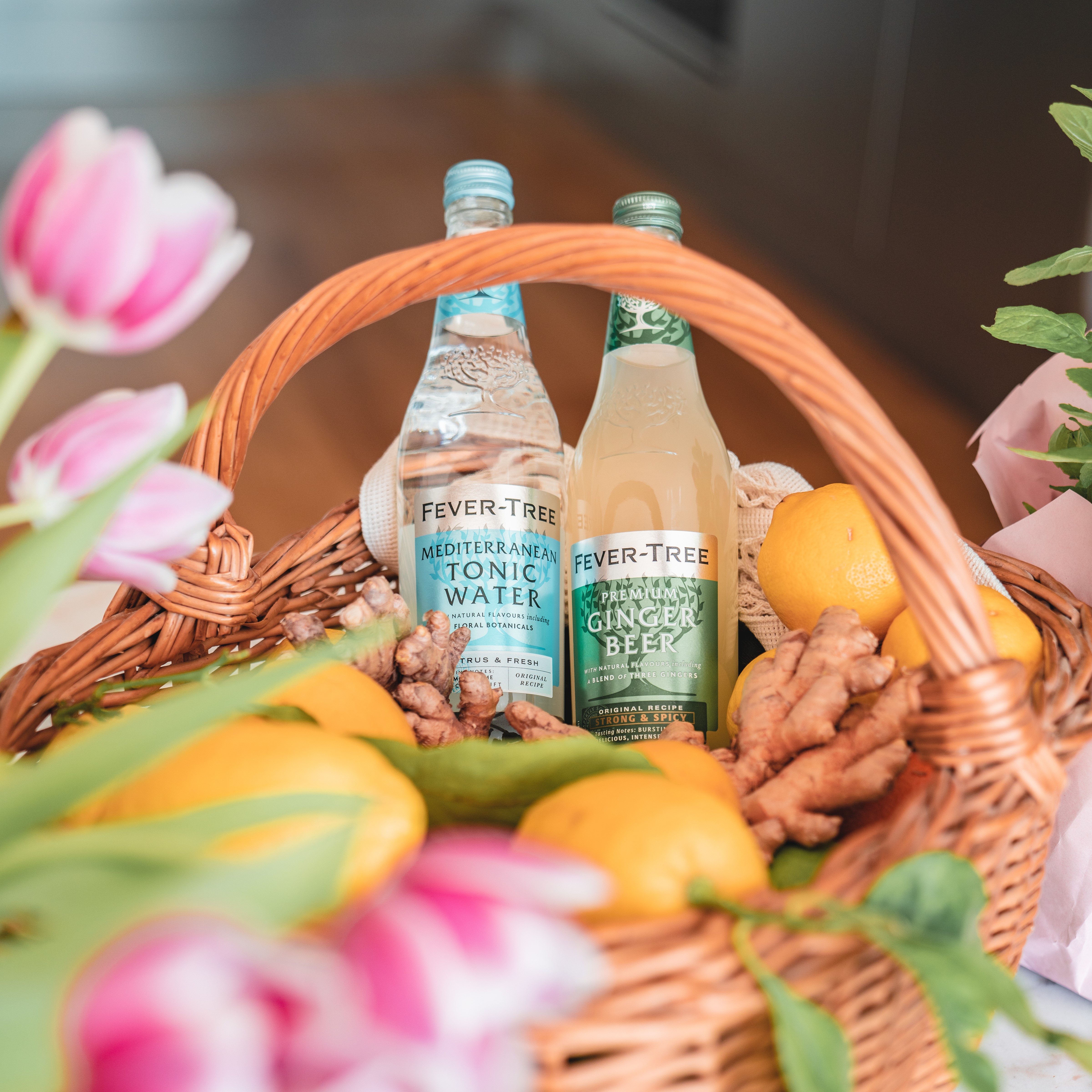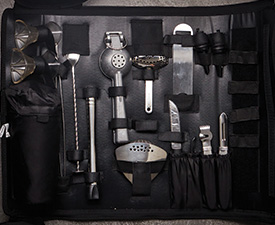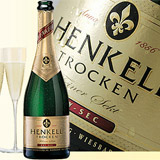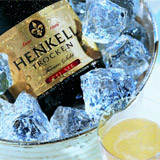Sekt is the German word for quality sparkling wine. Approx 95% of Sekt produced is made by the 'Charmat' method with the remaining premium Sekt made according to the 'Methode Traditionnelle'. Low-cost sparkling wine made by CO2 injection must not be called Sekt, but rather Schaumwein (German for 'foam wine'), semi-sparkling wine is called Perlwein. Also of note, approx 90% of Sekt is made at least partially from imported grape juice from Italy, Spain and France. Sekt labeled as 'Deutscher' Sekt is made exclusively from German grapes and Sekt b.A. - only from grapes from one of the 13 quality wine regions in Germany.
Premium Sekt wines are made using: Riesling, Pinot Blanc, Pinot Gris and Pinot Noir grapes, with much of it drunk locally rather than exported. These Sekts are usual vintage dated with the village and vineyards that the grapes are from. Premium Sekt b.A. produced in smaller lots is often referred to as Winzersekt (winegrower's Sekt), as it is typically produced by a winemaker which has his own vineyards, rather than by the large Sekt-producing companies which buy grapes or base wine on a large scale for their production.
German production of sparkling wines dates back to 1826, when G. C. Kessler & Co. was founded. The names used by German producers for their sparkling wines in the 19th century were 'Mousseux', 'Sect' or 'Champagne, but the 1919 Treaty of Versailles prevented Germany from using this name, long before E.U. regulations prohibited its use outside the Champagne region. Sekt was initially an informal German name for sparkling wine, coined in Berlin in 1825, but was in common use by the 1890s. Germany long attempted to have the name Sekt reserved for sparkling wine from countries with German as an official language, but these regulations were ended by the European Court of Justice in 1975.
Austrian Sekt is often made with the Welschriesling and Gruner Veltliner grapes giving the wine a golden colour. German and Austrian Sekt can be made trocken (dry) or halbtrocken (medium dry).




